Oxford University Museum of Natural History
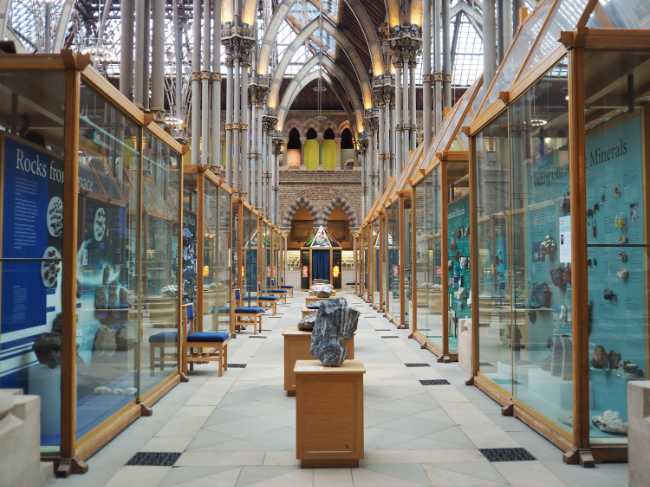
The Oxford University Museum of Natural History, opened in 1860, is a neo‑Gothic masterpiece designed by Benjamin Woodward as a “cathedral to science.” Its soaring glass‑roofed court floods the space with natural light, illuminating collections that span the breadth of the natural world. Here, visitors encounter iconic treasures such as the world‑famous Dodo remains, Oxfordshire dinosaur fossils, glittering mineral specimens, and intricate insect displays. Originally created to unite the University’s scattered scientific collections, the museum remains a centre for research, teaching, and public engagement. Carvings of plants and animals adorn its stone and ironwork, reflecting Victorian ideals of blending art and science. Today, alongside its historic displays, the museum hosts innovative exhibitions and interactive programmes that explore biodiversity, evolution, and ecosystems. Free to enter, it continues to inspire curiosity and wonder, offering a vivid journey through the history of life on Earth in the heart of Oxford.
Oxford United KingdomThe Oxford University Museum of Natural History is located on Parks Road, Oxford, with the postcode OX1 3PW, situated in the city centre. This museum is renowned for its extensive and internationally significant collections of geological and zoological specimens housed within a striking Victorian neo-Gothic building, often described as a "cathedral to nature." It shares the site with the Pitt Rivers Museum, offering a combined rich experience of natural history and anthropology. Just a five-minute walk from the Bodleian Libraries, the museum is nestled among Oxford’s major academic and cultural landmarks. Nearby, visitors can explore the University Parks, the Ashmolean Museum, and the vibrant University of Oxford area, easily accessible by bike, bus, or on foot. The museum features a café and hosts many public events, exhibitions, and educational programs, making it a lively cultural hub in the heart of Oxford.
 Ashmolean Museum
Oxford
Ashmolean Museum
Oxford
 Museum of Oxford
Oxford
Museum of Oxford
Oxford
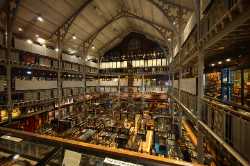 Pitt Rivers Museum
Oxford
Pitt Rivers Museum
Oxford
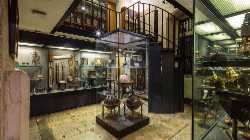 History of Science Museum
Oxford
History of Science Museum
Oxford
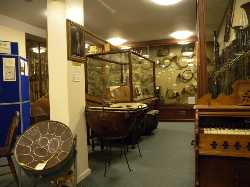 Bate Collection of Musical Instruments
Oxford
Bate Collection of Musical Instruments
Oxford
 Science Oxford Centre
Oxford
Science Oxford Centre
Oxford
 The Story Museum
Oxford
The Story Museum
Oxford
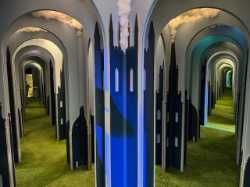 Oxford Illusion Museum
Oxford
Oxford Illusion Museum
Oxford
 Abingdon County Hall Museum
Oxford
Abingdon County Hall Museum
Oxford
 The painted room
Oxford
The painted room
Oxford
 Christ Church Picture Gallery
Oxford
Christ Church Picture Gallery
Oxford
 Convocation House
Oxford
Convocation House
Oxford
 Oxford Bus Museum
Oxford
Oxford Bus Museum
Oxford
 Oxford Playhouse
Oxford
Oxford Playhouse
Oxford
 New Theatre Oxford
Oxford
New Theatre Oxford
Oxford
 Pegasus Theatre
Oxford
Pegasus Theatre
Oxford
 The North Wall Arts Centre
Oxford
The North Wall Arts Centre
Oxford
 Burton Taylor Studio
Oxford
Burton Taylor Studio
Oxford
 Modern Art Oxford
Oxford
Modern Art Oxford
Oxford
 Ovada
Oxford
Ovada
Oxford
 Sarah Wiseman Galler
Oxford
Sarah Wiseman Galler
Oxford
 Castle Fine Art Oxford
Oxford
Castle Fine Art Oxford
Oxford
 Oxford Castle & Prison
Oxford
Oxford Castle & Prison
Oxford
 The Grandpont House
Oxford
The Grandpont House
Oxford
 Christ Church College
Oxford
Christ Church College
Oxford
 Radcliffe Camera
Oxford
Radcliffe Camera
Oxford
 Sheldonian Theatre
Oxford
Sheldonian Theatre
Oxford
 Carfax Tower
Oxford
Carfax Tower
Oxford
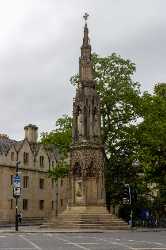 Martyrs’ Memorial
Oxford
Martyrs’ Memorial
Oxford
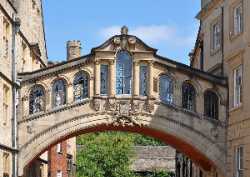 Bridge of Sighs
Oxford
Bridge of Sighs
Oxford
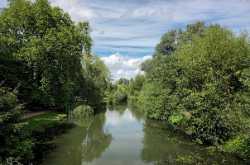 University Parks
Oxford
University Parks
Oxford
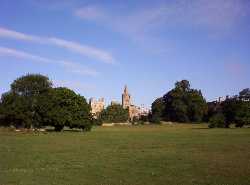 Christ Church Meadow
Oxford
Christ Church Meadow
Oxford
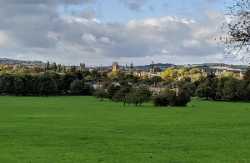 South Park
Oxford
South Park
Oxford
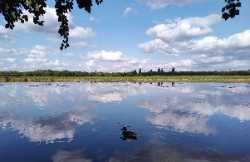 Port Meadow
Oxford
Port Meadow
Oxford
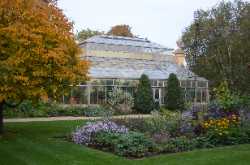 Oxford Botanic Garden
Oxford
Oxford Botanic Garden
Oxford
 Oxford Covered Market
Oxford
Oxford Covered Market
Oxford
 Gloucester Green Market
Oxford
Gloucester Green Market
Oxford
 East Oxford Farmers’ & Community Market
Oxford
East Oxford Farmers’ & Community Market
Oxford